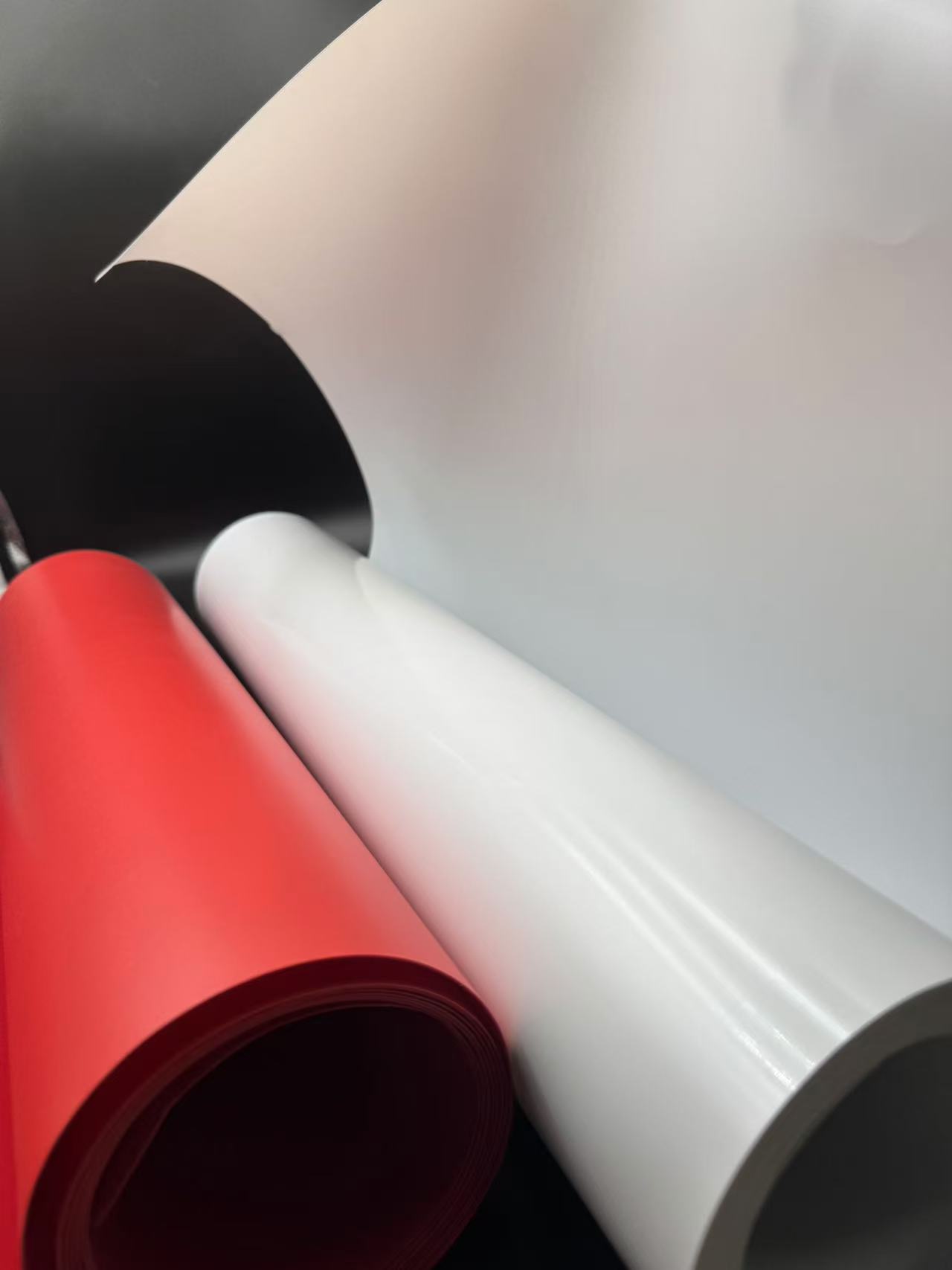
Shaping the Future: The Role of PS Film in Thermoforming Food Utensils and Flocking Applications
2025-01-24 15:16
Introduction
Polystyrene (PS) film, known for its rigidity, clarity, and affordability, has become a cornerstone in the packaging industry, particularly in thermoforming applications for food utensils and flocking for enhanced texture and aesthetics. This extensive article delves into the science, applications, and innovations surrounding PS film, focusing on its utility in creating everyday food containers and the novel use of flocked PS film for high-end or specialized packaging.
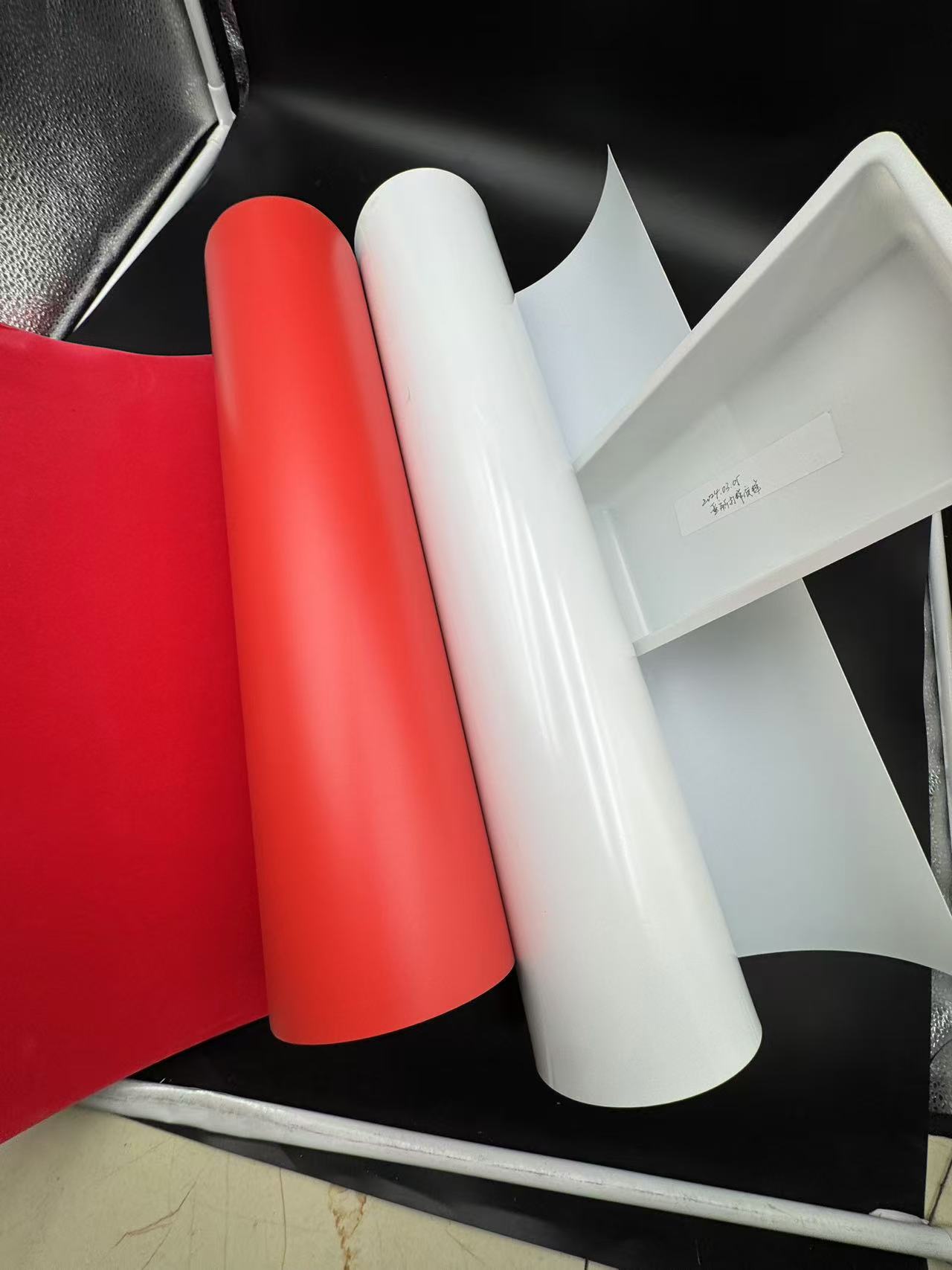
Understanding PS Film
Material Properties PS film, derived from the polymerization of styrene, is characterized by its light weight, high impact strength, excellent clarity, and the ability to resist moisture and chemicals. These properties make it an ideal candidate for thermoforming, where plastic is heated to a pliable forming temperature, molded into a specific shape, and then cooled to set.
Thermoforming Process The thermoforming of PS involves heating the film until it becomes malleable, then using either vacuum or pressure to form it over or into a mold. This process can achieve intricate shapes, making it perfect for disposable food utensils or containers. PS's low cost and ease of processing enhance its popularity in mass production scenarios.
PS Film in Food Utensils
Design and Functionality In the realm of disposable food utensils, PS film's versatility shines. It can be molded into forks, spoons, knives, cups, and plates with minimal material waste, thanks to its ability to thermoform at lower temperatures. The clarity of PS allows for the food to be seen, enhancing the dining experience even for takeaway meals.
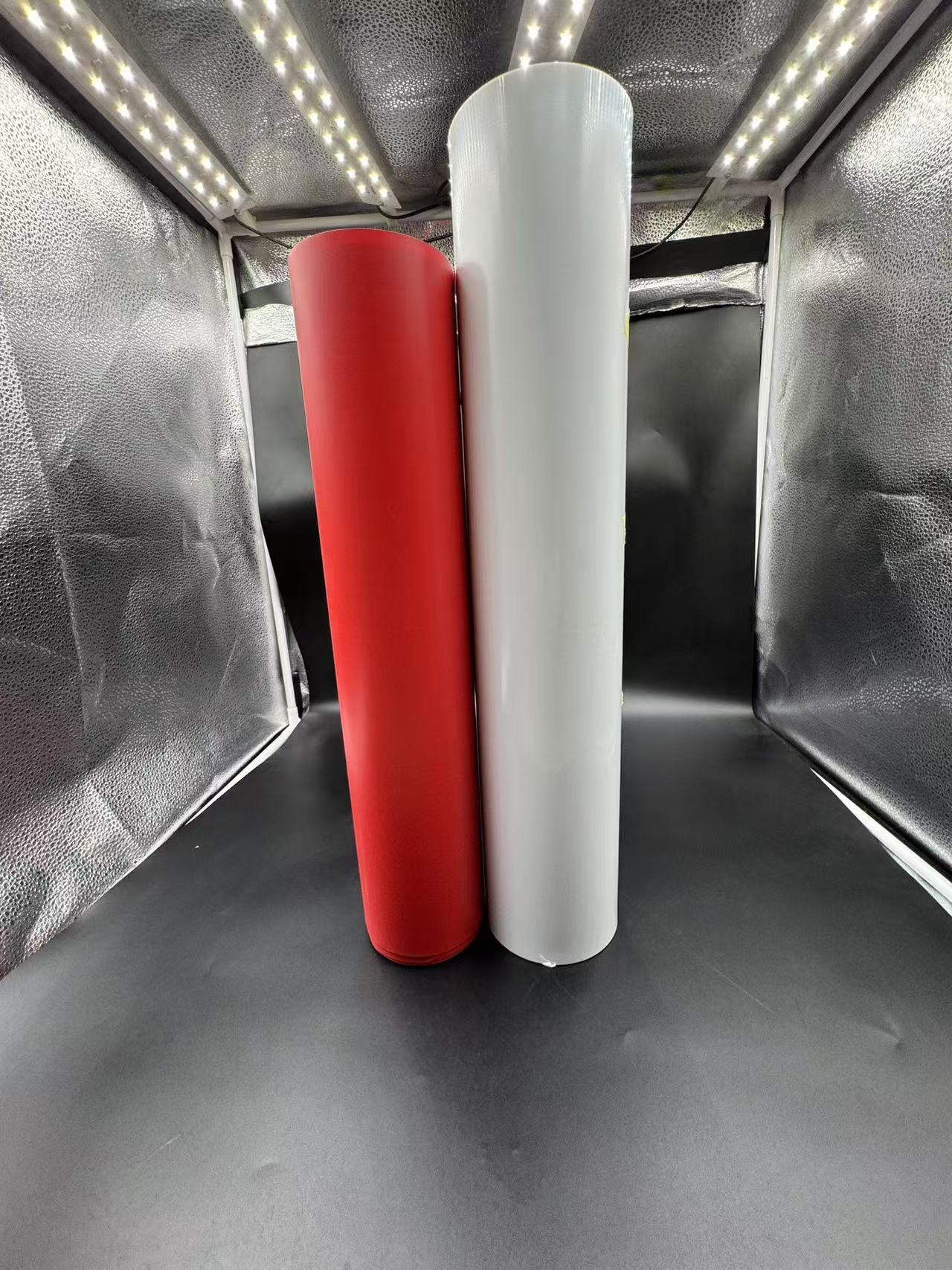
Health and Safety PS is FDA approved for food contact, ensuring that utensils made from this material are safe for use with hot or cold foods. However, it's worth noting the environmental impact; while PS is recyclable, its actual recycling rates can be low, pushing for more sustainable practices or material alternatives in the future.
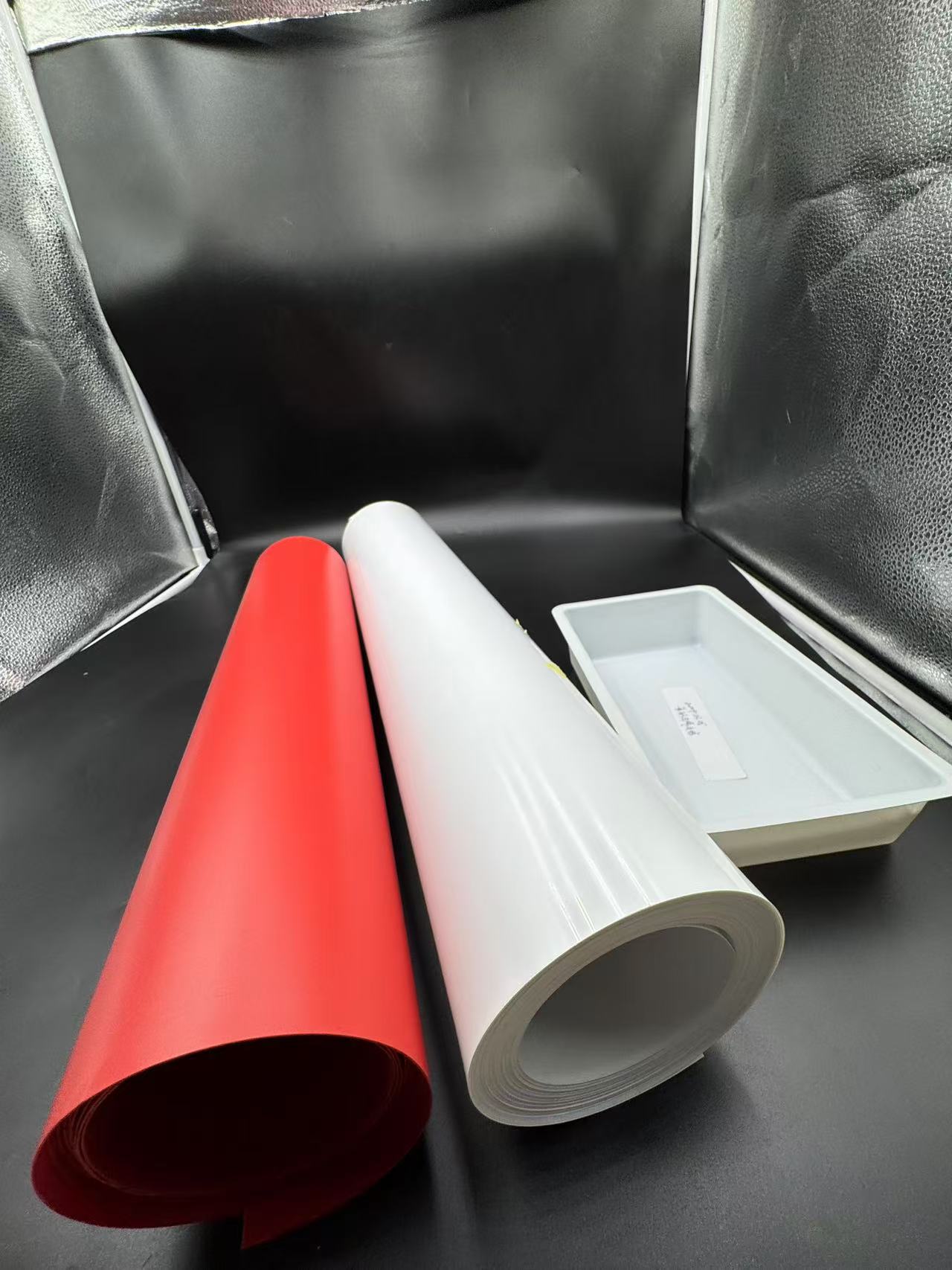
Consumer Preferences The design flexibility of PS allows for branding directly onto the utensils or packaging, adding a marketing advantage. Custom shapes, colors, or even textured grips can be incorporated, aligning with consumer trends towards personalization and aesthetic appeal in disposables.
Flocking with PS Film
Aesthetic and Functional Enhancements Flocking is the process of applying tiny fibers to a surface to create a velvet-like texture, often used for luxury packaging or to provide grip in practical applications. PS film, when used as a base for flocking, offers a stable, durable surface that can be heat-set to hold flocked fibers.
Applications in Packaging
Cosmetic and Jewelry Boxes: Flocked PS film elevates the interior of packaging, providing a soft, protective layer for delicate items. The plush surface prevents items from scratching or moving around.
Electronics: For devices like remote controls or gadgets, flocked PS can offer a non-slip surface, enhancing user grip and experience.
Food Containers: Occasionally, flocked PS might be used for high-end food packaging where a touch of luxury is desired, although its use here is less common due to food safety considerations.
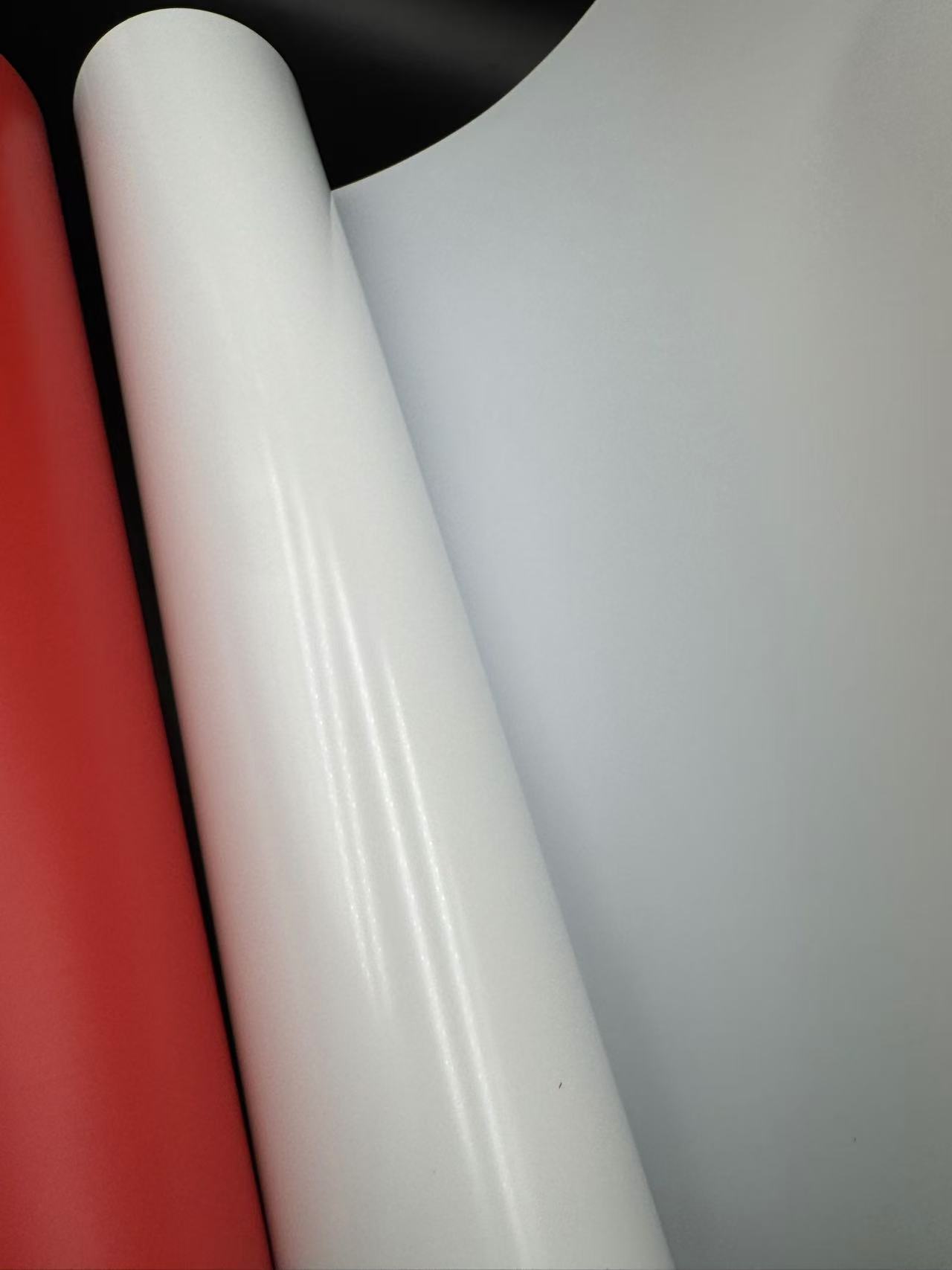
Technical Aspects The flocking process requires the PS film to be treated for better adhesion, typically with an electrostatic charge to attract and fix the fibers. The result is not only visually appealing but also adds functional benefits like insulation or reduced noise from product movement within the packaging.
Innovations and Challenges
Sustainability One of the major challenges with PS film, particularly in flocking, is its environmental impact. Innovations are focusing on biodegradable additives or alternative flocking materials that decompose more readily. There's also research into making PS more easily recyclable post-flocking.
Advanced Thermoforming Technological advancements in thermoforming have allowed for thinner PS films to be used, reducing material use while maintaining strength. This is crucial for both cost and sustainability. The development of multi-layer co-extruded PS films also offers enhanced properties like better sealing or barrier characteristics against oxygen and moisture.
Market Trends The trend towards eco-friendly packaging is pushing the industry towards exploring bio-based PS or alternatives like PLA (polylactic acid) for applications where PS has traditionally been used. However, PS's unique combination of properties keeps it relevant, especially in markets where cost and convenience are paramount.
Conclusion
PS film's role in thermoforming food utensils and flocked packaging highlights its versatility, from the mundane to the luxurious. Its ability to be shaped into countless forms while offering clarity, strength, and affordability makes it indispensable in many sectors. Moving forward, the balance between functionality, aesthetics, and environmental responsibility will define the evolution of PS film applications. As industries continue to innovate, PS film remains a material of choice for many, with ongoing research aiming to enhance its sustainability profile, ensuring its utility in a world increasingly conscious of ecological impacts.
